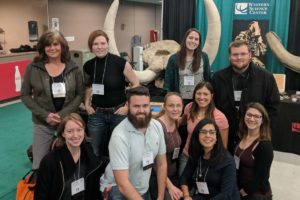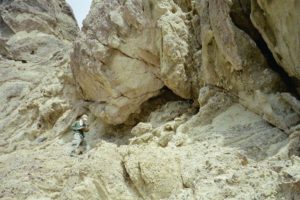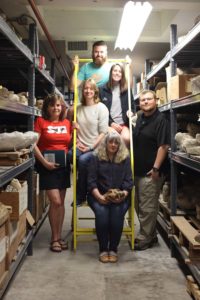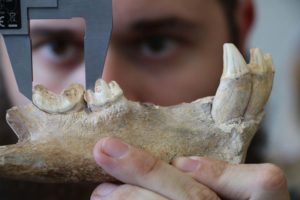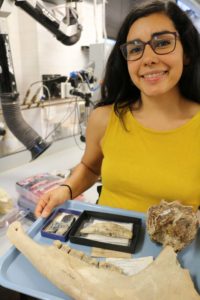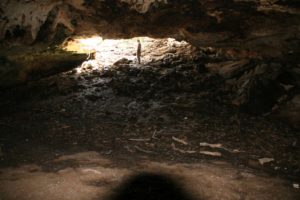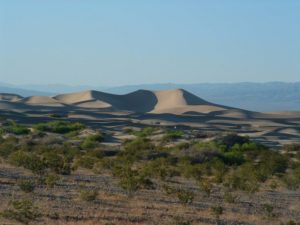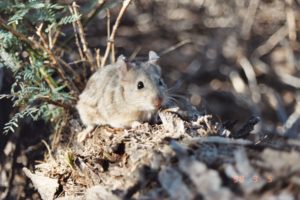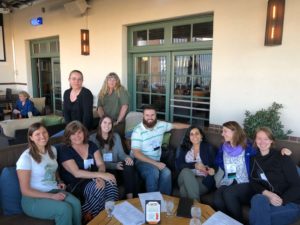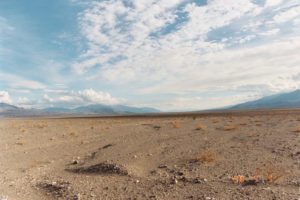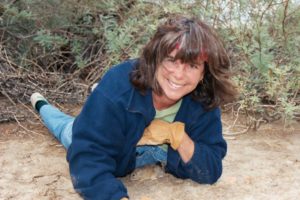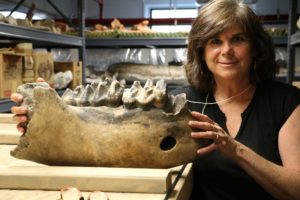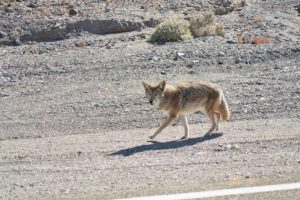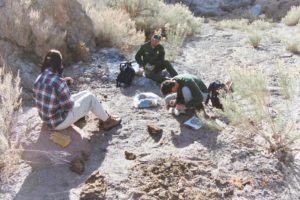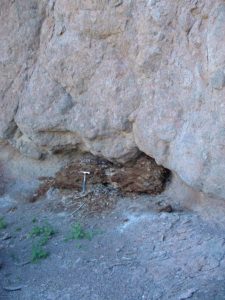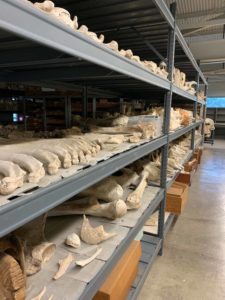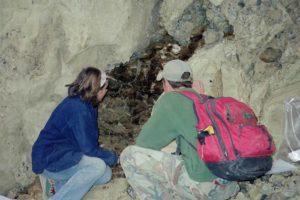BioBlog
I am quite interested in effective science communication. Indeed, I think one reason many Americans lack an appreciation of science is because we scientists have no voice. Instead, we let others (often actors and politicians!) “talk” for us on scientific issues. Nor, have we been historically encouraged to speak to the public about what we do.
Accordingly, I run a “BioBlog,” which is sponsored by the Biology Department at UNM and the Program in Interdisciplinary Biomedical and Biological Science (PiBBs). Our BioBlog brings together undergraduate and graduate students to develop and hone writing about science and to constructively critique the writing of others. Students write short blogs on a subject of interest or describe personal experiences of research and discovery. The overall aim is to communicate to others in the department, university and general public our passion and excitement about what we do and about science in general, so that we can become better ambassadors of science. We meet weekly at Fridays; come join us if you are interested!
Samples of blogs I have written:
Prospective Students
I welcome inquiries from prospective graduate students. I generally take 1 or 2 students per year, depending on how many students are finishing and the credentials of the applicants. I confess to a strong preference for Ph.D. students over masters, since it provides more time for development of projects and ideas. What I am looking for in students are bright, creative, and motivated individuals, who share some of my own research interests. But, I don't intend to produce "mini-me's"; students are responsible for coming up with their own ideas for a dissertation, with some help from me. To date, students in my lab have worked on a wide variety of topics including life history studies, phylogeography, climate change research, paleoecology and macroecology.
The lack of diversity in science is everyone’s problem
For my part, I have long been active in outreach efforts at a variety of levels, from elementary and secondary schools to professional societies. I seek graduate students from a variety of cultures, backgrounds and life experiences, and have mentored many women and students from underrepresented groups. I find that active mentoring and the willingness to openly discuss and share challenges I have faced helps maintain an inclusive and diverse environment within my own classes, lab group and research endeavors. As a female Hispanic academic, I have often been the sole representative of my gender and/or culture at symposia, workshops and the like. As an established scientist (and now the leader of several scientific societies), I can and do have a voice. I am actively using it to change the status quo.
Courses
BIOL 494: Biogeography
BIOL 419/519: Paleoecology (Ecology of the Past)
BIOL 419/519: Extinction: Bad Genes or Bad Luck
BIOL 511: Macroecology
BIOL 402/502: BioBlog
BIOL 402/502: Paleoecology-Macroecology Lab Group
BIOL 551: Research problems
BIOL 699: Dissertation hours
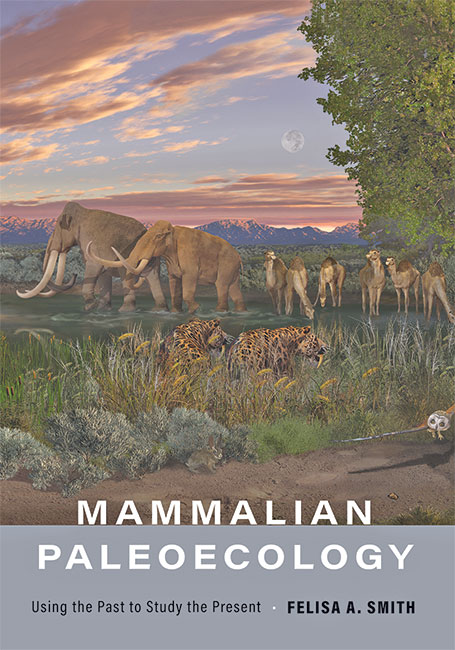
Mammalian Paleoecology is out now!
"In Mammalian Paleoecology, Felisa Smith broadly considers extinct mammals in an ecological context. Arguing that the past has much to teach us and that mammals, which display an impressive array of diverse life history and ecological characteristics, are the ideal organism through which to view the fossil record, Smith
- reviews the history, major fossil-hunting figures, and fundamental principles of paleoecology, including stratigraphy, dating, and taphonomy
- discusses the importance of mammal body size, how to estimate size, and what size and shape reveal about long-dead organisms
- explains the structure, function, and utility of different types of mammal teeth
- highlights other important methods and proxies used in modern paleoecology, including stable isotopes, ancient DNA, and paleomidden analyses
- assesses nontraditional fossils
- presents readers with several case studies that describe how the fossil record can help inform the scientific discussion on anthropogenic climate change
Mammalian Paleoecology is an approachable overview of how we obtain information from fossils and what this information can tell us about the environments of the distant past. It will profoundly affect the way paleontologists and climatologists view the lives of ancient mammals." —Johns Hopkins University Press
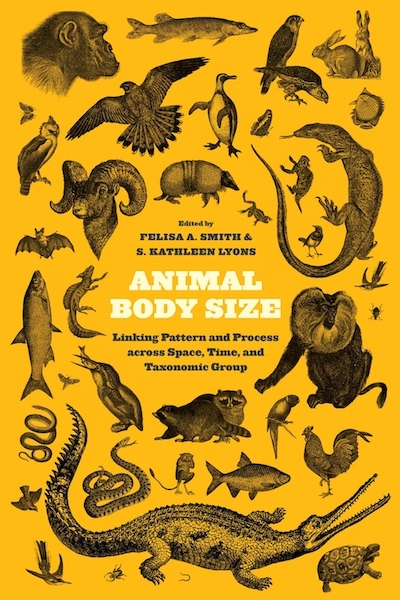
Animal Body Size
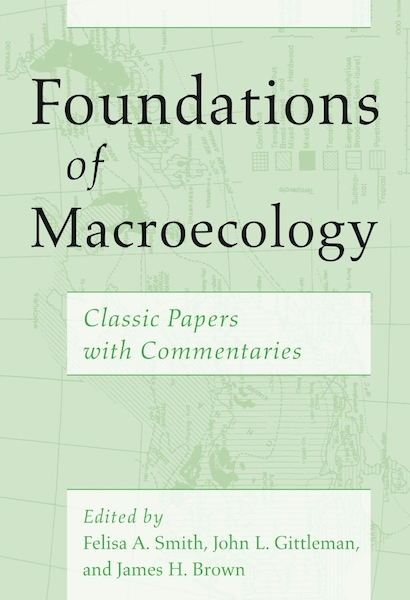
Foundations of Macroecology
Edited by Felisa A. Smith, John L. Gittleman, and James H. Brown
"Macroecology is an approach to science that emphasizes the description and explanation of patterns and processes at large spatial and temporal scales. Some scientists liken it to seeing the forest through the trees, giving the proverbial phrase an ecological twist. The term itself was first introduced to the modern literature by James H. Brown and Brian A. Maurer in a 1989 paper, and it is Brown’s classic 1995 study, Macroecology, that is credited with inspiring the broad-scale subfield of ecology. But as with all subfields, many modern-day elements of macroecology are implicit in earlier works dating back decades, even centuries.
Foundations of Macroecology charts the evolutionary trajectory of these concepts—from the species-area relationship and the latitudinal gradient of species richness to the relationship between body size and metabolic rate—through forty-six landmark papers originally published between 1920 and 1998. Divided into two parts—“Macroecology before Macroecology” and “Dimensions of Macroecology”—the collection also takes the long view, with each paper accompanied by an original commentary from a contemporary expert in the field that places it in a broader context and explains its foundational role. Providing a solid, coherent assessment of the history, current state, and potential future of the field, Foundations of Macroecology will be an essential text for students and teachers of ecology alike." —The University of Chicago Press
Datasets
The following datasets are available for download:

